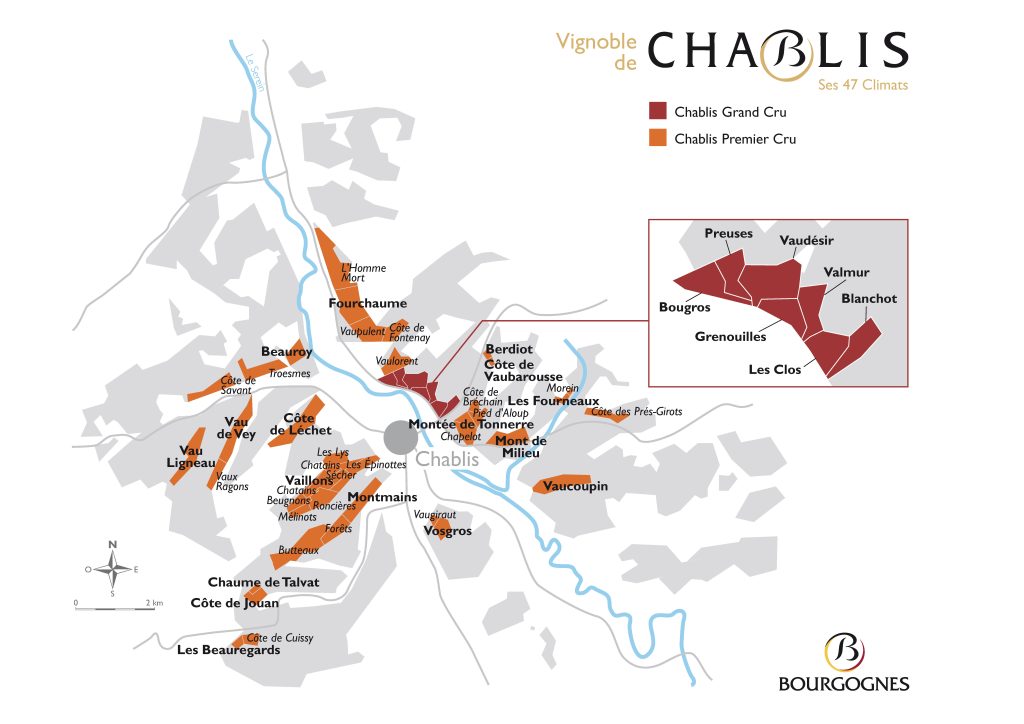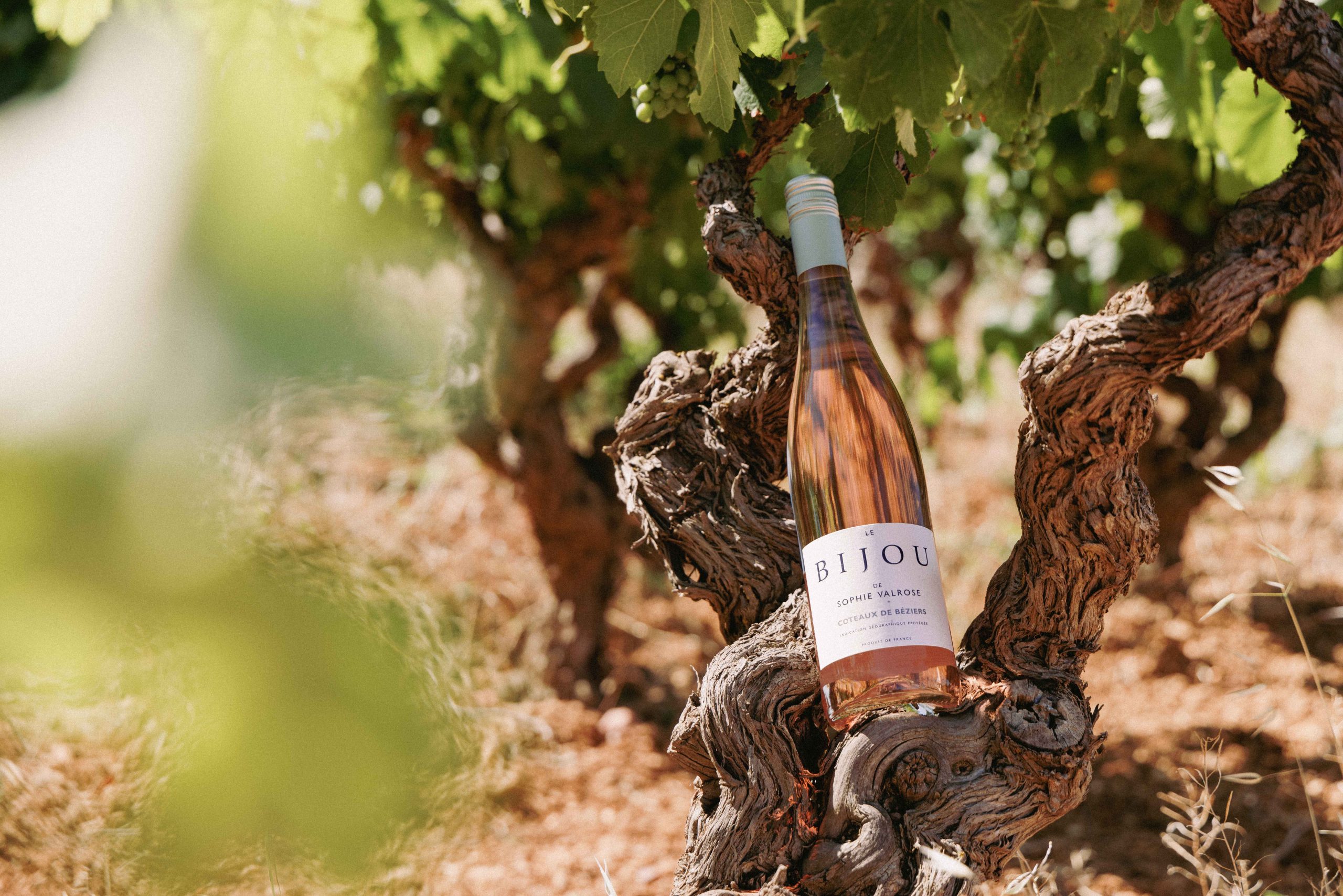The story of Maison Simonnet-Febvre’s new Chablis Premier Cru Forêts
By Colin HayIt is always exciting to taste a new Chablis cuvée for the first time, especially when it comes from an estate as ancient and reputed at Simonnet-Febvre and from a premier cru climat at that – but even more so when the climat in question is Forêts, reports Colin Hay.

To be honest, it came as something of a surprise to me to hear people speaking of a Simonnet-Febvre Forêts (or La Forest). As far as I was aware, Simonnet-Febvre owned no parcels of this hallowed premier cru on the western side of the Serein river, south of the village of Chablis, which comprises a south-facing hill of high-quality Kimmeridgian soils.
Their premiers crus Chablis holdings were, I had thought, considerable, but confined to Beauroy, Côte de Léchet, Fourchaume, Mont de Milieu, Montée de Tonnerre, Montmains, and Vaillons. Until recently that was true – but unbeknown to me Simonnet-Febvre’s impressive seven premier cru climat offerings had become eight. But how?
My interest piqued, I set off on a little detective work and am now delighted to reveal what I found. To a handful of Chablis aficionados, I suspect, this will not be news; for I am not about to reveal a closely guarded secret. But it has certainly not been widely communicated.
The story itself is quite simple – but it is intriguing and makes this new Simonnet-Febvre Chablis premier cru particularly interesting to taste.
As Paul Espitalé, Simonnet-Febvre’s general director, reminded me, Maison Simonnet-Febvre, which had been founded in 1840, was acquired by Maison Louis Latour in 2003. At that stage it owned, but did not farm, its vineyard holdings – instead, it had a variety of arrangements with partner winemakers for the cultivation of parcels in the four appellations of Petit Chablis, Chablis, Chablis Premier Cru and Chablis Grand Cru, as well as a range of appellations in the Grand Auxerrois region.
Partner Content

One of these arrangements was with Vincent Dauvissat who tended and cultivated Simonnet-Febvre’s precious holdings in the grand cru vineyard of Les Preuses. As Espitalé explains, after “many years of discussion, the company reclaimed these vines, but in the course of the negotiations, we decided to exchange part of Les Preuses vineyard, to which Vincent Dauvissat was particularly attached, for a parcel of Forêts – a climat that had never been part of the historical vineyard holdings of Maison Simonnet-Febvre.”
The exchange took place and Simonnet-Febvre’s own cultivation of the vines started with the 2021 vintage – although it is the 2023 that is the first vintage to be released.
The vineyard
Les Forêts itself is a little islet at the heart of the larger Montmains climat that surrounds it. It is perhaps the most mineral in character of Chablis’ premiers crus. Its soil is rich in Kimméridgien limestone, containing a high proportion of fossilized tiny oyster shells. This gives its wines a natural power but also great structure and a sense of chiseled precision and persistance on the palate. It has a predominantly south-eastern exposition.
The wine itself

Chablis Premier Cru Forêts 2023 (Chablis Premier Cru; 100% Chardonnay; vinified in a combination of inox and oak barrels; élevage sur lies for 12 months; 13% alcohol). As was the tradition when this parcel belonged to Vincent Dauvissat, there’s a little more oak here than with the other premier cru climats from Simonnet-Febvre, but you really wouldn’t know even at this nascent stage. This is all freshness – lime and crushed chalk – just as it should be. Oyster shell and iodine, certainly. But not the oysters of, say, le basin d’Arcachon. It’s a very clear, clean, crisp and fresher water oyster shell note – more Île de Ré perhaps. There’s great tension, freshness and brightness here. Almond and frangipane intermingle with the citrus notes and that defining minerality and also that distinct peaty, iodine note once again – Islay whisky (Caol Ila above all) or maybe the more delicate smoky peatiness of Benromach. A wine of fascinating complexity that needs time still and that will provide, as it does already, an intriguing contrast to the Dauvissat La Forest. 94.
Related news
Will white wine be central to Burgundy's future success in Asia?




